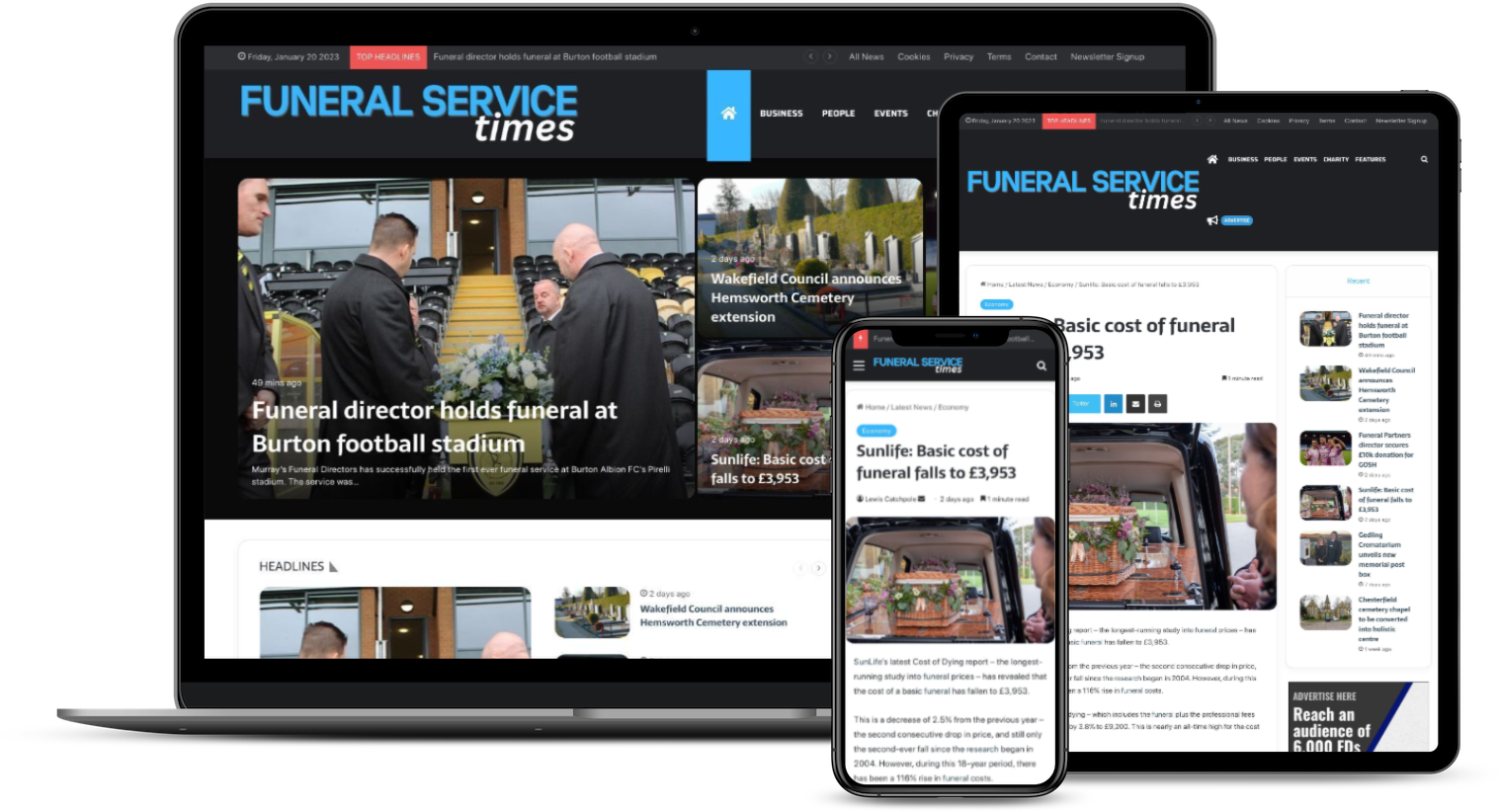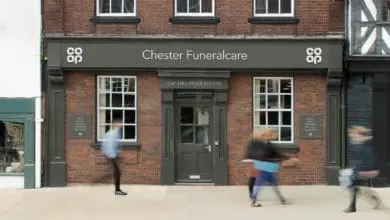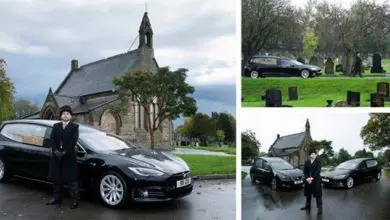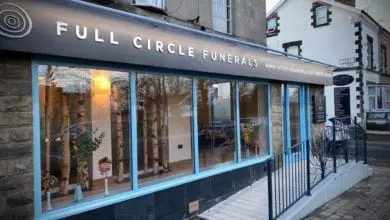Features
The changing nature of funeralcare
The Office for National Statistics (ONS) reveals that pre-pandemic CO2 levels accounted for 80% of greenhouse gas emissions in the UK. To tackle this issue, the use of renewable sources are surging in the UK, with pre-pandemic domestic transport carbon dioxide emissions having fallen 19.6% to 97.1 million tonnes, and the funeral industry in particular has been taking strides to tackle this issue.
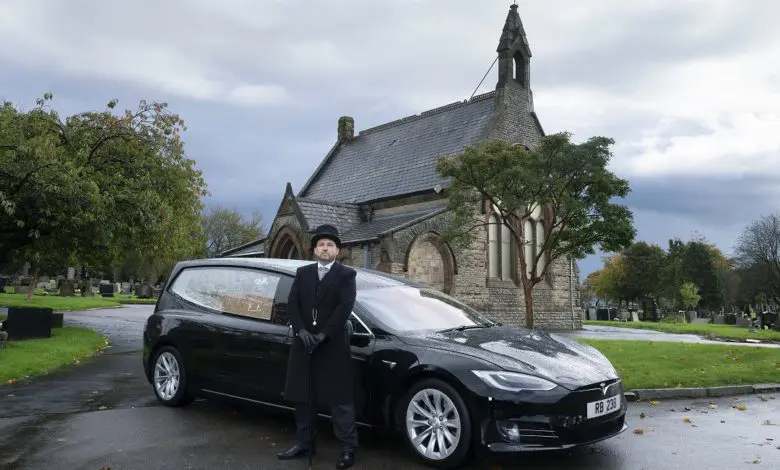
You'll need to
subscribe to unlock this content. Already subscribed? Login?

